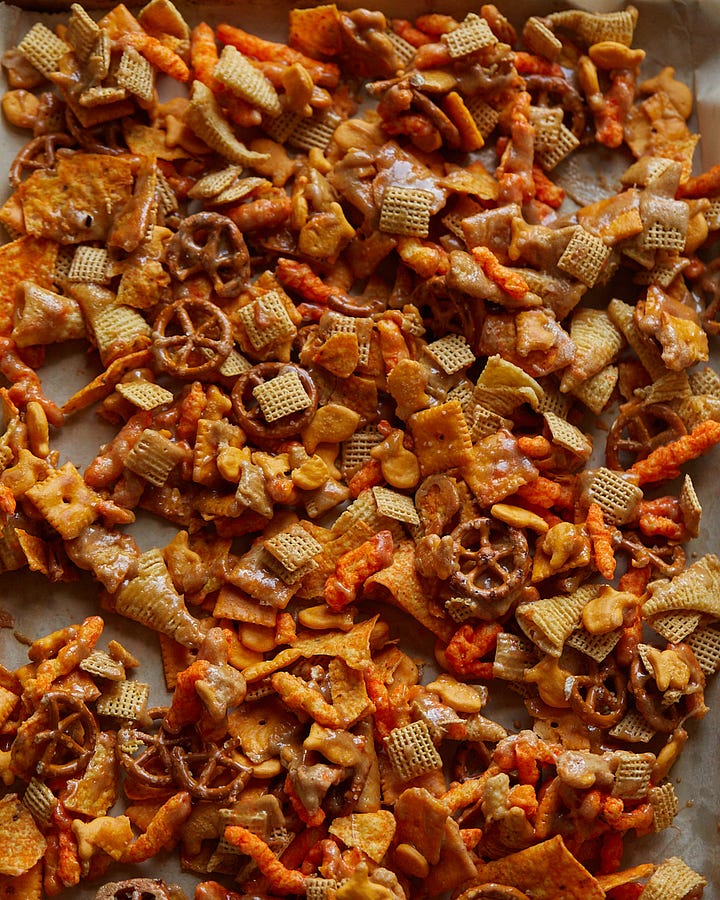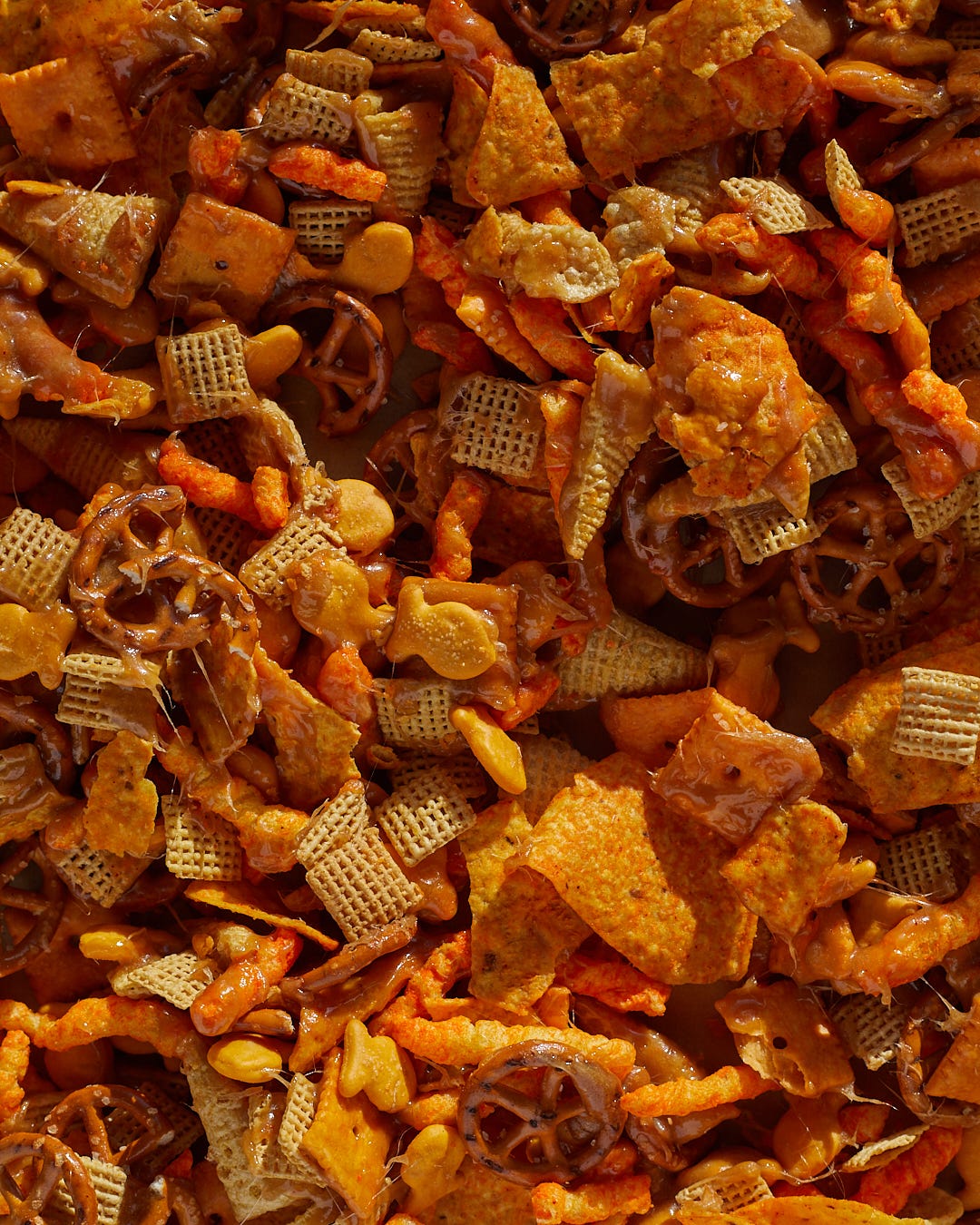It wouldn’t shock anyone who knows me that I was a resident advisor (RA) in college. I’m a big rule-follower, a Goody Two-shoes. I bring a sort of “hall monitor” vibe to the function that a lot of people don’t really like. Unsurprisingly, I loved being an RA. The week of training, and the subsequent year of work and development, taught me so much about how to communicate tough thoughts and feelings, how to treat all kinds of people with respect, understanding how people’s backgrounds affect their circumstances, and what it takes to create an environment where, ideally, everyone feels safe and accepted.
This was in 2014/2015, Hope and Change Era, when diversity, equity and inclusion efforts were ramping up on college campuses. And the RA program and student living departments seemed to be one of the first places these concepts, that were certainly being taught in the classrooms theoretically, were being put into practice. It was exciting, like something that we should have been doing all along was happening, but it was also a lot to take on. RA’s weren’t just responsible for arbitrating roommate disputes and writing students up for partying — now they also had to be ready to understand racism, sexism, ableism, and LGBTQ discrimination, and try to prevent or push back against them. RA’s are also a major frontline for students reporting sexual violence, which, they in turn have to report up the chain. (Keep in mind, most of these people are a year and a half out of high school.)
Every university is different, so I can’t say that my experience is universal. But it did teach me a lot about my privilege and others disadvantages — not in a way that made me feel guilty. It instead helped me better understand my residents, my friends and the world. It contextualized this growing awareness I had of oppression that I just hadn’t been able to square coming from a very sheltered, very white Ohio suburb. It was a crash course on language — using the “right” words, sure, but also letting disadvantaged or marginalized groups tell you how they wanted to be identified. It was learning the difference between saying someone is “bound to a wheelchair” and saying someone “uses a wheelchair.” As a journalism student, I was very interested in the real world affects of what words we choose to use.
It’s much better to learn about “DEI” concepts at a university where there are approximately 1 million employees to facilitate it and comically ballooning administrative budgets to fund it. But sadly, the version of diversity, equity and inclusion most people in the United States will be the bastardized one they see on TV or Facebook. I bet most Americans actually have no idea what “DEI” even stands for, let alone how its tenets actually take shape in the workplace and the government. I have a dream that Jimmy Kimmel’s show will do one of those man-on-the-street interviews and go around asking tourists what DEI means.
Of course, diversity equity and inclusion efforts can look like *a lot of things*: Affirmative action in colleges (thanks to a conservative supreme court, that’s gone!), hiring practices, workplace trainings on identity, and even something as small as RAs putting up “my culture is not your costume” posters. That’s why it’s so dangerous and reckless for the Trump regime to come in and just… try to delete all of it — and any program that participated in it — in one fell swoop!
It’s the small things like medical professionals sometimes saying “pregnant people” instead of “pregnant women” that gets the New York Post readers fired up online but it’s the bigger programs regarding hiring and college admissions that gnaw at them. Every disadvantage they have, all the promotions they were passed up for, the fact that they can’t afford college, or a house — right wing media has spent years, decades convincing them it’s not because the system is rigged for the rich, it’s because, somehow, the system is rigged toward the most marginalized among us. It harkens back to the days of the “welfare queen” and probably before. “The problem isn’t billionaires running our government, it’s these trans kids who want to play soccer.”
And even for the people who are doing pretty well, they don’t like the sound of DEI because it would mean that, for a moment, they would have to look at the ways they were privileged and recognize that maybe didn’t “pull themselves up by the bootstraps” as much as they thought. Middle class white parents are beginning to claim that curriculum on American slavery “makes their kids feel guilty.” And then you have workers in corporate offices who are, like, totally liberal, but feel like they just shouldn’t have to keep up with these crazy pronouns on emails.
This is the same stupid acronym battle we fought the last few years with CRT (Critical Race Theory) except now it has teeth. Back in 2021, Republicans began claiming that, under a scourge of CRT, white K-12 students were suddenly being told they were racist and responsible for all racism. Of course, that wasn’t happening, and they really just wanted ban books about MLK Jr. and erase history about slavery and Jim Crow. The right takes these terms, whether it’s DEI or CRT, and they contort them to mean anything they don’t like. So many white folks in this country can’t seem to grasp that white people are a part of the diversity, not the default, not the perpetual victims of diversity. But the reason you won’t see the incoming administration coming after Easter celebrations as a part of the DEI purge, is because they know “diversity” means anything besides a white Christian ethnostate.
The way “DEI” has come back into the news in the second Trump term is staggeringly different from the rosy way I learned about its tenets in 2014, just nine months before Donald Trump rode down the golden escalator to announce his presidential run. I just wish these trolls online and in government, and the reporters who cover it, would be brave enough to actually type out the full phrase: diversity, equity and inclusion. Would so many people be as eager go to war against such horrifying ideas as “equity” and “inclusion”?
It’s interesting to see how even some folks on the left have been more willing lately to point out the shortcomings of DEI efforts, mainly in addressing wealth inequality. Some of them go as far to say it was a distraction that corporate America and the Democratic Party were a little too willing to latch on to so they could avoid addressing problems like stagnated wages or workers rights or climate change, etc. It’s hard for me to say that argument has no merit! But even if you are someone who believes that, or that certain “DEI” efforts have overcorrected, you don’t want this. Because this administration isn’t interested in making common-sense reforms. They want to take hold of all the federal levers of power, gut what they don’t like and privatize the rest — and use these silly little acronyms as a cover.
Recommendations
Okay if you read that, you deserve a break. Here’s a relaxing coloring video.
📰 Article: “You Can’t Post Your Way Out of Fascism,” 404 Media
I’m certainly guilty of “posting through it” to deal with the onslaught of horrific news. (See above.) But I loved this piece by Janus Rose on why posting isn’t enough to fight fascism, and why it might actually slow us from taking real action. I’ve really been enjoying 404 Media at this particular juncture in history, so go check them out.
This Week’s Recipe
Sometimes my mother will surprise me for my birthday or Halloween or Valentines Day by sending me a truly massive tub of popcorn from the beloved Chicago chain Garrett’s. It’s always, always the cheddar caramel flavor, which they are famous for. The bright orange, salty, powdery cheddar kernels and the sweet, glossy kernels draped in caramel are exact opposites and the perfect complements.


Maybe that will give you some context if you’re scared or perturbed by this snack mix — intimidated by its power maybe? Confused by why I would bring such a monstrosity into this world? If you saw my peanut butter cheddar cookies, then you’ll know I’m having a bit of a love affair/folie à deux with artificial-ish cheese and putting it in my sweet bakes. It may raise an eyebrow or two but it still falls well within the confines of a classic flavor equation Salty + Sweet = Impossible to stop eating. I mean, it’s just math.
And turn back now if you are concerned this may be gilding the lily or just plain overindulgent. As I say often, this isn’t a salad, and it’s not a smoothie. I hope people at your Super Bowl party haven’t had anything like it before and everyone is fighting over the last little caramel-covered bugle.


I took inspiration from other snack mixes like Chex Mix’s caramel and cheddar flavors, and of course, party mix. I added in a few non-cheddar things like Bugles and Corn Chex to cleanse the palate, and I stopped myself from adding nuts but DON’T LET ME STOP YOU. I realize buying seven bags of snacks when you’re only going to use about a third of each of them is a little wild, so you could always 1) buy snack bag sizes 2) consolidate: choose either Doritos or Cheetos, Corn Chex or Bugles, Gold Fish or Cheez-Its to save some money and having leftover snacks (never a bad thing!).
Caramel Cheddar Snack Mix
Makes about 12-16 servings
Ingredients
Keep reading with a 7-day free trial
Subscribe to easygayoven to keep reading this post and get 7 days of free access to the full post archives.









